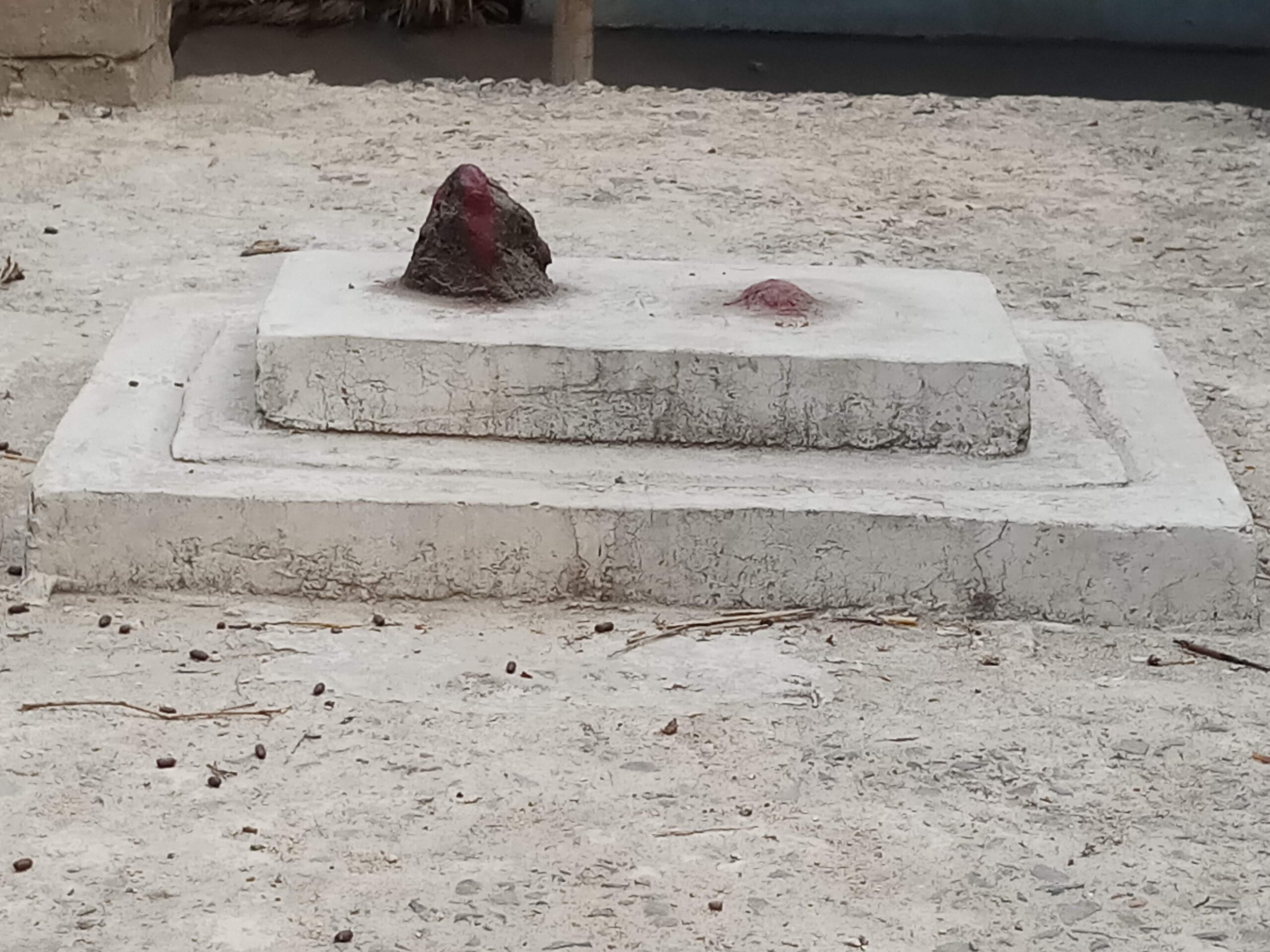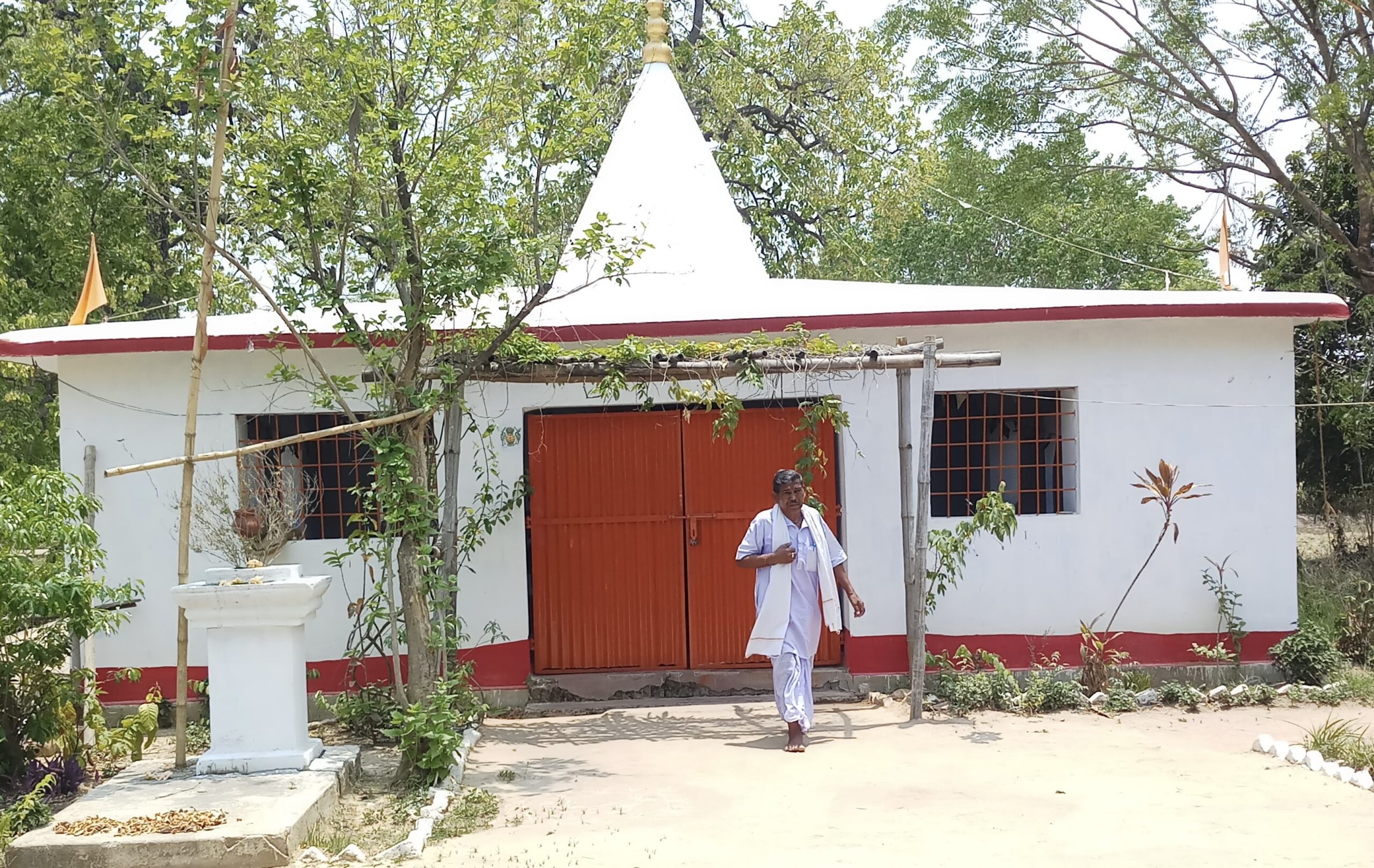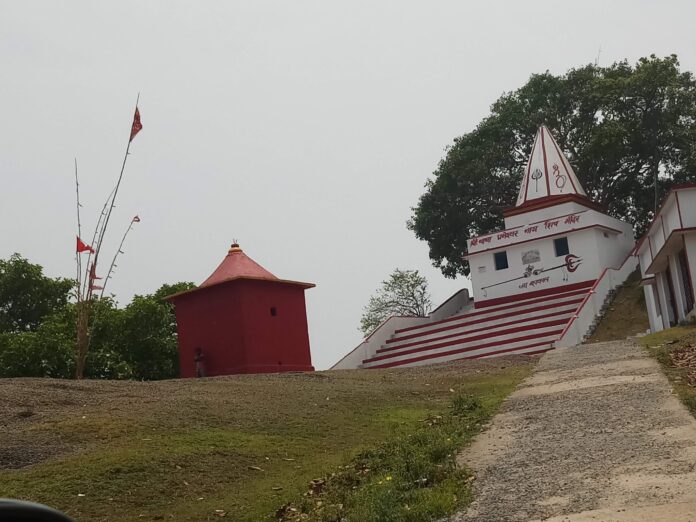Saffron, Sanatan and Sacred Land: The Battle to Define Jharkhand’s Tribal Identity
Shahnaz M, TwoCircles.net
Ranchi: Amidst the rolling hills and verdant forests in Jharkhand, a quiet yet intense religious struggle is unfolding — one that is reshaping the identity of the region’s tribal communities. It is a story of faith, identity and power, with tribals caught in the crossfire of a religious tug-of-war between the Rashtriya Swayamsevak Sangh (RSS), the Sarna tribals and the church.
One such scene unfolds in the small village of Mali in Godda district, where Surya Narayan Hembrum, a “proud” member of the Santhal tribe, has just completed rituals at a newly constructed Shiva temple. The reporter’s question hangs in the air: “Are tribals Hindus by faith?” Without hesitation, Hembrum responds with a firm belief in his roots, “We belong to the Santhal tribe. The word Santhal means a place of saints — Santh + Asthal. We believe in worship and avoid non-vegetarian food,” he explains.
For Hembrum and many like him, the connection to Hinduism seems clear. He goes on to elaborate that “the words Sanatan and Sarna are the same”, reinforcing the idea that the Sarna worship practices align closely with Hindu traditions. He points to the small stone in the shape of a Shiva linga at a Sarna worship place, much like those found in Hindu temples.
“We worship both,” he adds, proudly declaring that festivals like Durga Puja are celebrated with the same enthusiasm as in any Hindu home. “Tribals are not Christians, but Hindus or Sanatans,” he insists.

But this confidence is not universal. Despite Hembrum’s strong assertions, others within his community share a different story. In the neighboring Phulwaria village of Godda, Subal Murmu, a tribal elder, speaks with frustration about the pressure to conform to Hinduism. “We are not Hindus,” he says with conviction. “We are worshippers of nature — mountains, forests and water.”
Murmu rejects the narrative of the Rashtriya Swayamsevak Sangh (RSS) that tribal people are descendants of Parashurama, the sixth avatar of Vishnu. Instead, he argues that many tribals, disillusioned with their own traditions, are turning to Hinduism as a last resort for solace in times of suffering.
“They go to Hindu temples when they are desperate,” he explains. “When there is no end to their woes, they seek refuge in prayers. And if they find peace, they believe they have found something that their own gods could not offer.”
Murmu believes the RSS is “exploiting” this vulnerability. He accuses the organisation of “trying to erase tribal culture, replacing it with Hindu customs in a bid to control their land and resources”. He points out how figures like the so-called “Ram Baba” have found influence in tribal villages, encouraging people to worship Hindu deities. “He’s an RSS agent,” Murmu claims, “And the RSS is using him to win over the tribals.”
Yet, despite this resistance, the influence of Hinduism is undeniable. Murmu reveals that many tribals have started adopting Hindu customs, including intermarrying according to Hindu traditions. “Adivasiyon ko dharmik samajh bahut kam hai,” he says, referring to the minimal religious understanding within his community. “We pray to nature, but as per our convenience.”
Among the tribal gods worshipped are Marang Buru (the great mountain), Jaher Aayo (the land god) and Gosai Aayo (the guardian spirit protecting the community from evil). Villages have sacred places like Manjhi Thans, where rituals are conducted, and Jaher Thans, which are patches of sacred land with medicinal plants and emergency seeds for droughts. These spaces represent a deep connection to nature and tradition— practices that many fear are under threat.
Tribal activist Dayamani Barla, a vocal critic of the ongoing cultural shift, warns that the situation is part of a larger agenda to divide the tribal population. The introduction of the anti-conversion law, which criminalises forced conversions, and the linking of reservations to religious identity, she argues, are “strategic moves to impose Hindu supremacy on the tribes”.
“Renaming tribal villages is part of this plan,” she says. “When you change the name of an Adivasi village, you erase its identity and culture.”
Xavier Dias, a tribal rights activist, sees a similar pattern, one that has been evolving for years. “It was once about Sanskritisation, but now it is saffronisation for political gain,” he says. The influx of temple-building in tribal areas, funded by powerful businessmen and politicians, he believes, is part of a concerted effort to win over the tribals.
“There is competition over who can build the bigger temple,” he notes, “And the tribals are being brainwashed into thinking they are Hindus.”
But not all are convinced. While some, especially among the younger generation, have begun identifying as Hindus, the Santhals, who remain deeply rooted in their traditions, continue to resist.

The political impact is significant. In recent elections, except the 2024 general elections, a large section of tribals voted in favor of the Bharatiya Janata Party (BJP), which many attribute to the party’s financial muscle and its ability to exploit tribal moral sensibilities.
“Adivasis are willing to work for the BJP if it means getting money,” says Dias. “But Christianisation succeeded because it came with education and healthcare. If the saffronisation effort does not bring tangible benefits like development, it will fail.”
Ruby Hembrom, founder of Adivaani, an Adivasi expression platform, sees the growing influence of the RSS in even more subtle ways. “The saffron brigade has a well-crafted strategy,” she says. “Government buildings, hoardings and boundary walls are painted in saffron to project an image of a saffronised state. The stone mining industry in the region has also played a role in cementing this shift.” The result, she argues, is a visual and cultural transformation that is steadily eroding the tribal identity.
As this religious and cultural battle continues, the future of Jharkhand’s tribal communities hangs in the balance, caught between the forces of tradition, modernity and religion.


